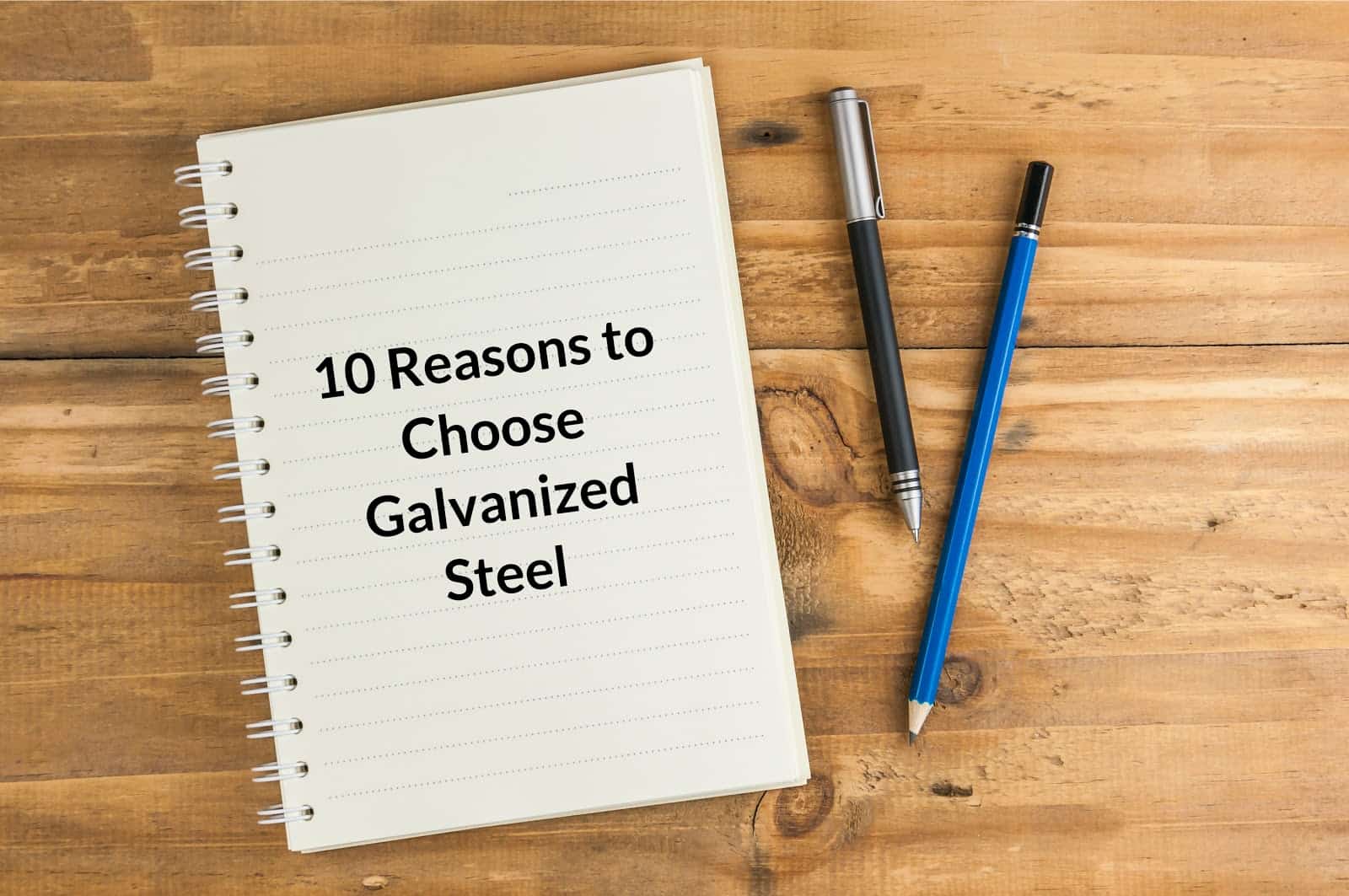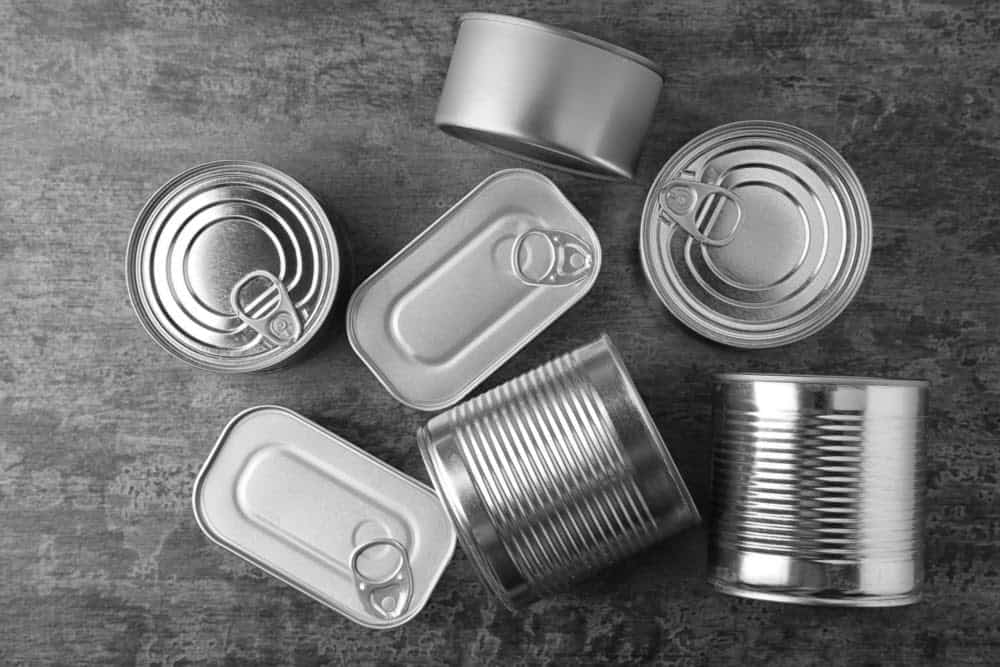
One of the questions we hear frequently concerns whether galvanized steel is magnetic, and why or why not. The simple answer is that galvanized steel is magnetic, usually. Explaining why galvanized steel is almost always magnetic requires that we start with the definition of galvanized steel. What is Galvanized Steel? Galvanizing is the process of […]
Read More


